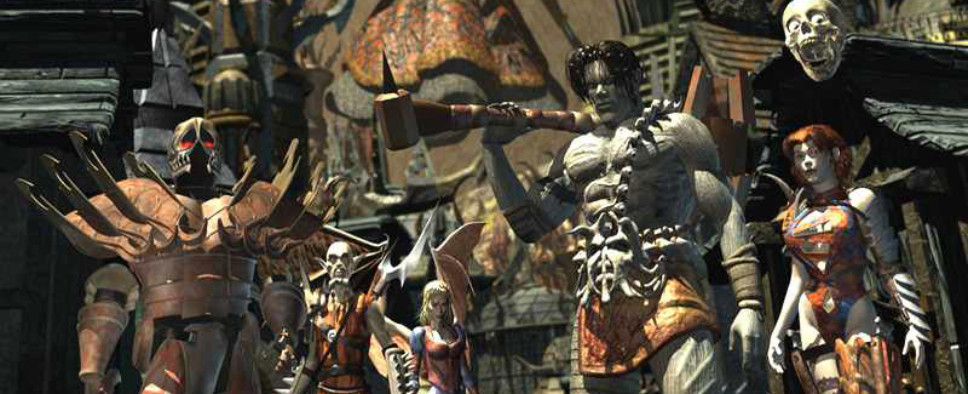Developers on Writing and Designing RPG Characters
-
Category: News ArchiveHits: 2470

In order to try and figure out how one can go about creating compelling video game characters, the team over at Gamasutra reached out to a number of prominent video game writers. And so now we have this article where Chris Avellone, Guerrilla Games' Dan Calvert, and Obsidian Entertainment's Carrie Patel, all talk about their creative process. For example:
According to Chris Avellone, a veteran designer and writer who’s contributed to a huge number of heavily narrative- and character-driven RPGs, from Planescape: Torment and Fallout: New Vegas to Divinity: Original Sin 2, building characters is often a democratic process with a lot of input from multiple sources.
“It depends on the team, although it’s usually very collaborative, which I prefer,” Avellone told me. “The way I prefer to do it is get the game’s core pillars and systems first, get any parameters for the game and game story (for example, Fallout: New Vegas has a lot of the same pillars and constraints as Fallout 3, which is important to know), script out the basic story, add to it, then use characters to reinforce the gameplay, the theme, a faction, or [they can] even be designed specifically to solve a story issue.
I don’t believe Yes Man’s concept originated from this, but the fact he couldn’t be destroyed and kept coming back since he was robot, made him a perfect quest giver if you’d alienated everyone else – which is an important design choice and an important design role.”
From there, he prefers to begin by building the systems that will support a character, scaffolding like their class or race or abilities, and then flesh out a brief biography with those elements in mind.
“I then present the bio and reference art to a concept artist and see what they come up with. Note that concept artists have a lot of work to do if they’re designing someone representative of a faction – they need to know how that faction lives, how they survive, their philosophy, where they live etc., so it can be a very involved process.”

